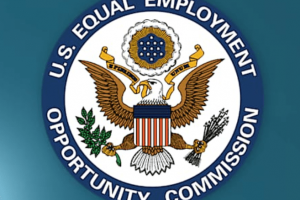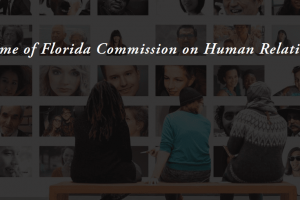With a new baby on the way and work progressing as usual, expectant parents and their families wonder how the process of taking some kind of parental leave is going to work for them, whether they will be paid while on leave, or even whether they will have enough time at home to settle in with their newborns. These concerns may compound with numerous others that pregnancy can bring to working families. It’s important for all parties, then, to understand their rights and obligations regarding parental leave, and for families to prepare in a way that will keep their employment secure and ensure a happy transition.
Knowing Your Coverage
Whether an employer has some kind of parental leave policy is usually one of the first things to consider. Some companies do offer generous paid parental leave, or perhaps some kind of policy to address parental leave that is not paid.
As well, four US states offer paid maternity leave funded with taxpayer dollars: New Jersey, Rhode Island, Massachusetts and California. While there is no mandate for universal parental leave at the federal level (the US is unfortunately the only country of 41 in the OECD without it), employees in all states can take up to 12 weeks unpaid leave under the Family Medical Leave Act (FMLA). It is technically incumbent on employers to advise of the option for FMLA leave, but employees should nevertheless remain proactive and ask questions.
Federal Employees Will Soon Get Paid Parental Leave
Federal government employees will soon be eligible for paid parental leave. The Federal Employee Paid Leave Act, passed by Congress and signed into law by the president, will go into effect October 1, 2020. The law provides for 12 weeks of paid leave for new parents employed by the federal government. While there is some concern that a legislative fix is needed to guarantee leave coverage as well for employees of the Federal Aviation Administration and the Transportation Security Administration, the law is expected to cover all federal employees by the time it takes effect.
Types of Parental Leave Coverage
To sum up the typical options for parental leave:
● State-provided (NJ, MS, CA, RI)
● Employer policy (consult with HR)
● FMLA (unpaid, up to 12 weeks)
● Short-term disability (although pregnancy is not an illness, it is covered by STD)
Ask Questions
Employees should consult with HR to get the full story on their company’s policy regarding leave, and employers should take care to fully advise employees of their options at the company level, state level and related to FMLA at the federal level. In all cases, regardless of the available leave options, employees should keep their employers fully updated with regard to pregnancy and document each such communication in writing. This is for the sake of clarity and understanding for all parties and ensures that the right conversations regarding options for leave will happen well in advance.
Employers should be aware that providing options for parental leave to employees and working with employees throughout the process to make sure they understand their options can lead to increased worker productivity and reduced turnover. Employees should explore all their options with HR and be advised of their right to unpaid leave under the FMLA. An experienced employment lawyer can assist all parties in staying up to date on their rights and obligations.









